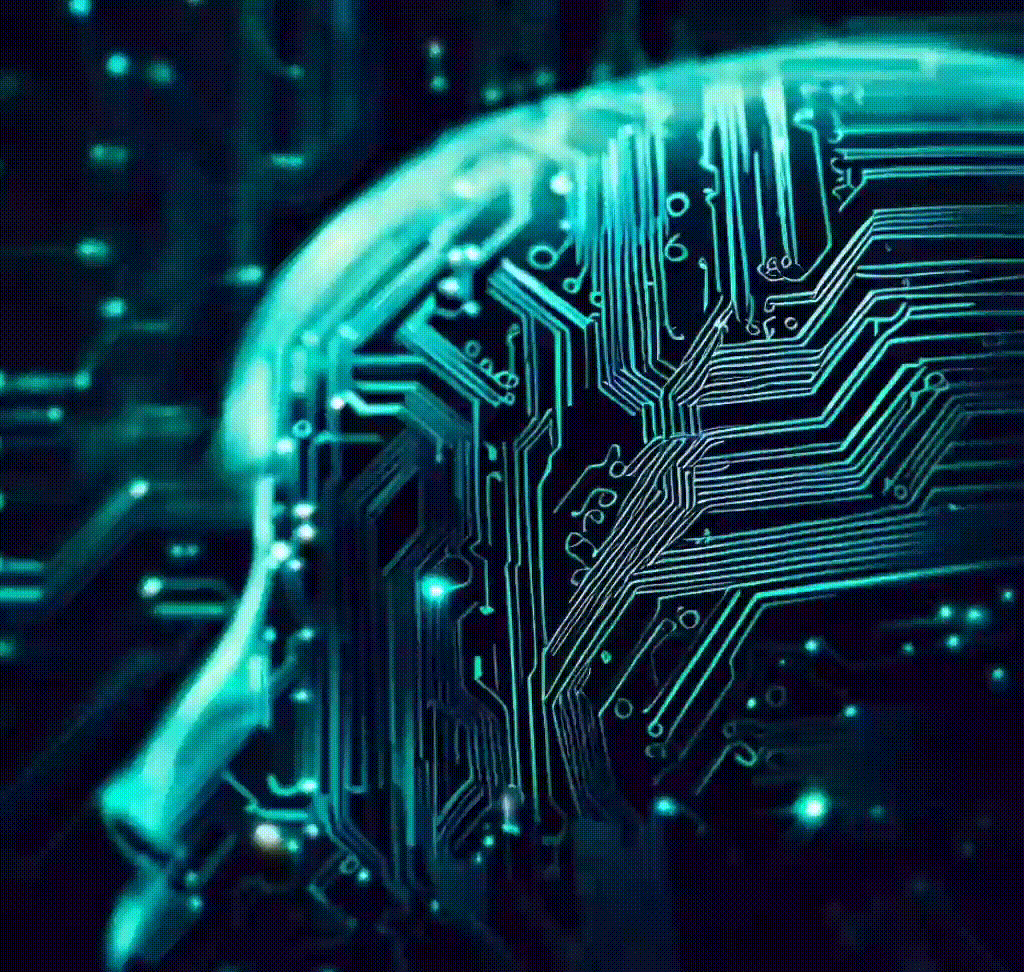
AI in Art Creation
One of the most prominent aspects of AI culture is the way it has transformed the process of creating art. AI algorithms, like Generative Adversarial Networks (GANs) and deep learning models, can now generate paintings, music, literature, and other forms of art that are strikingly similar to human-created works. These technologies enable artists to explore new creative possibilities, push boundaries, and challenge traditional notions of authorship and creativity.
For instance, AI-generated paintings have gained significant attention in the art world, with some pieces even being sold at prestigious auction houses. AI-assisted music composition tools have also enabled musicians to experiment with new sounds and styles, fostering innovative approaches to songwriting and performance.
AI in Art Curation and Interpretation
AI culture is not limited to the creation of art; it also extends to the curation and interpretation of artistic works. Museums and galleries are increasingly using AI algorithms to analyze and categorize artworks, offering new perspectives on artistic styles, trends, and influences. AI-powered recommendation systems can also help curators design more personalized and engaging exhibitions that resonate with diverse audiences.
Moreover, AI is being used to interpret and analyze complex works of literature, poetry, and other forms of written expression. By identifying patterns, themes, and emotions in these texts, AI can offer new insights into human culture and history, revealing the intricate connections that exist between different forms of artistic expression.
AI and Cultural Preservation
AI culture also plays a vital role in preserving and documenting our cultural heritage. Advanced AI technologies, such as machine learning and computer vision, can help restore damaged artworks, identify forgeries, and protect historical artifacts from deterioration. AI can also aid in the digital preservation of endangered languages, ensuring that the rich linguistic diversity of our world is not lost to future generations.
The Ethical Dimension of AI Culture
As AI continues to reshape the cultural landscape, it is crucial to consider the ethical implications of this emerging phenomenon. Issues such as authorship, intellectual property, and the potential for AI-generated art to perpetuate harmful stereotypes and biases must be carefully addressed. Furthermore, it is essential to ensure that AI technologies are used responsibly, promoting diversity and inclusivity in the world of art and culture.
AI culture is a fascinating and complex phenomenon that is reshaping the way we create, experience, and understand art. As AI technologies continue to evolve, it is essential to embrace the potential they hold for fostering new forms of artistic expression, enriching our cultural experiences, and preserving our shared heritage. By acknowledging the ethical challenges that accompany AI's growing influence on art and culture, we can harness its power responsibly and shape a more diverse, inclusive, and innovative cultural landscape for future generations.